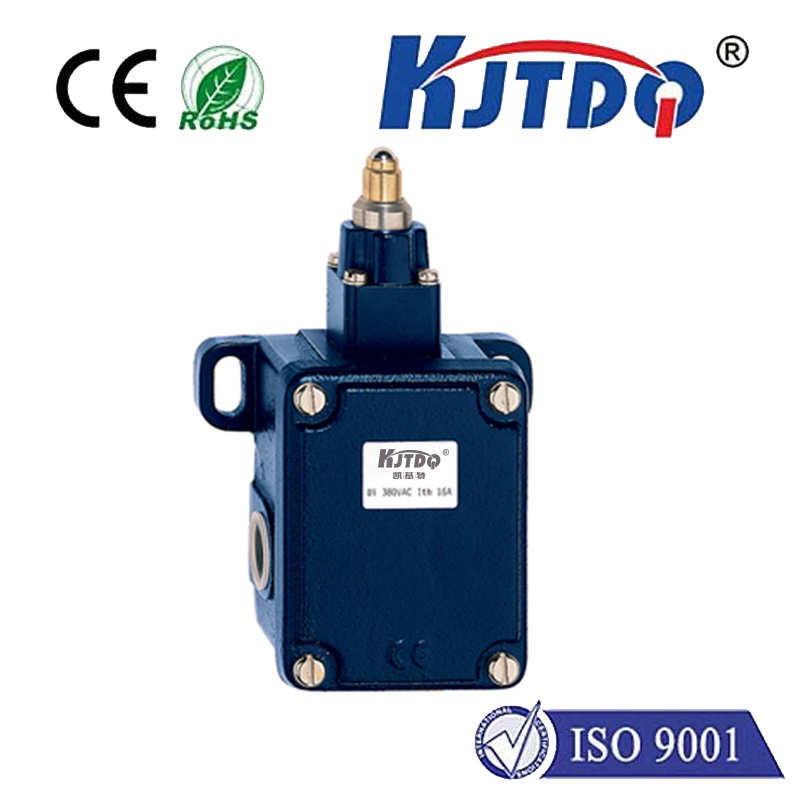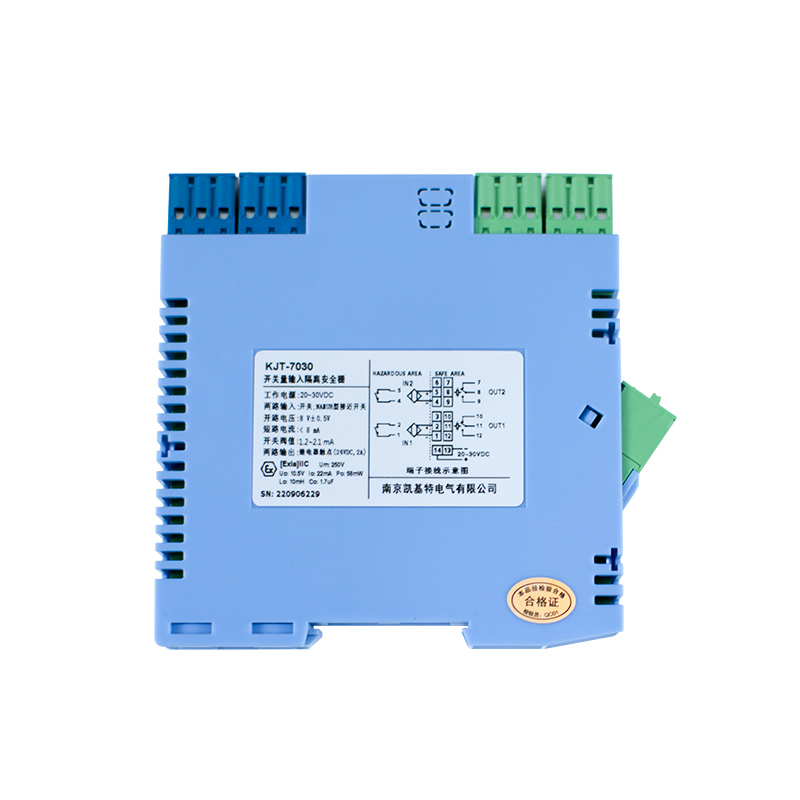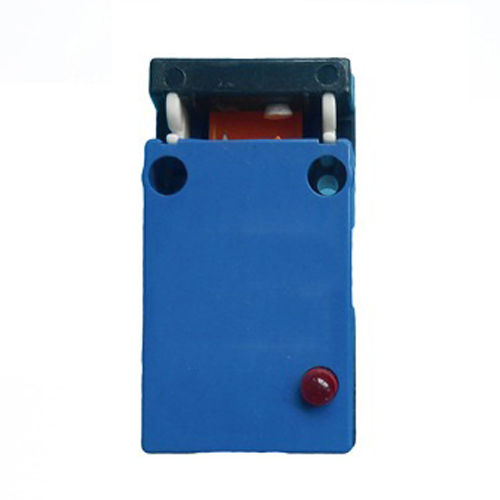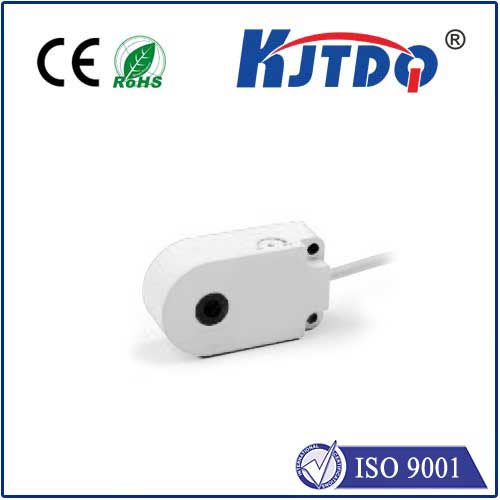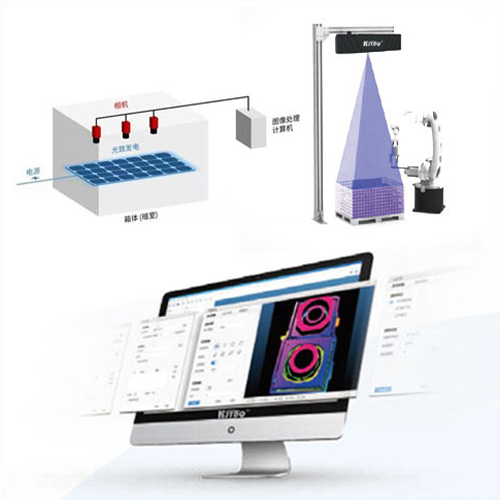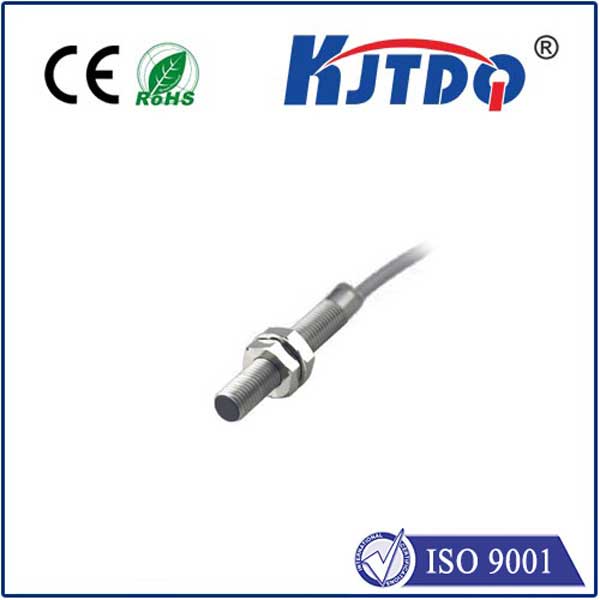

check

check

check

check
Imagine a bustling factory floor where every second counts—a misstep in object detection could halt production lines, costing thousands. As industries evolve towards smarter, more efficient operations, the demand for reliable sensing technology has skyrocketed. Enter the E3FA-DP11 5M small photoelectric sensor, a cutting-edge solution that redefines precision in compact form. This advanced device isn’t just another component; it’s a pivotal tool for automation engineers, enabling seamless detection over impressive distances while fitting snugly into confined spaces. In this article, we’ll explore how this sensor works, its standout features, and why it’s becoming indispensable in modern manufacturing and beyond.
Photoelectric sensors, at their core, operate by emitting a light beam—often infrared—and detecting changes when an object interrupts that beam. The E3FA-DP11 takes this principle to new heights with its innovative design tailored for challenging environments. What sets it apart? Let’s start with the basics. As indicated in its name, this sensor offers a generous 5-meter sensing range, allowing it to detect objects from afar without compromising accuracy. This makes it ideal for applications where traditional sensors might fall short, such as monitoring long conveyor belts or guarding entry points in large facilities. Unlike bulkier alternatives, its small size is a game-changer; weighing in at a mere fraction of older models, it can be mounted effortlessly in tight spots, reducing installation headaches and freeing up valuable real estate on machinery. This compact nature doesn’t sacrifice durability, though—built with robust materials, the E3FA-DP11 withstands dust, moisture, and vibrations, ensuring reliable performance in harsh industrial settings.

Diving deeper into its features, the ease of integration stands out as a major advantage. Engineers praise the sensor for its plug-and-play setup, minimizing downtime during deployment. For instance, it incorporates user-friendly settings for sensitivity adjustments and output configurations, accommodating everything from simple on/off signals to complex feedback loops. This flexibility is crucial in sectors like packaging, where varying product sizes demand adaptable detection. Moreover, the energy-efficient design consumes minimal power, aligning with modern sustainability goals while lowering operational costs over time. In practical terms, a key benefit is the sensor’s ability to handle reflective or dark objects with uniform precision—thanks to advanced optics, it avoids false triggers that plague inferior models. Users often report fewer maintenance issues and longer lifespans, translating to significant savings in total cost of ownership.
The applications for the E3FA-DP11 are vast and versatile, spanning multiple industries. In automotive manufacturing, it excels in assembly lines, detecting components as they move along conveyors or verifying robotic arm positions. Its long-range capability proves invaluable in logistics centers, where it monitors pallets across wide warehouses without requiring frequent recalibration. Food and beverage plants benefit too; the sensor’s hygienic, sealed construction prevents contamination while tracking items like bottles or cans. Beyond industrial uses, it finds roles in smart building systems, such as occupancy detection for lighting control, or in agricultural settings for monitoring crop flow. Case studies show that integrating this sensor boosts productivity by up to 20%, as its high-speed response reduces lag, ensuring continuous operations. Essentially, wherever precise, non-contact detection is needed in confined spaces, the E3FA-DP11 delivers.
Why choose this specific model over others? The competitive edge lies in its balance of performance and practicality. Compared to ultrasonic or proximity sensors, photoelectric versions like the E3FA-DP11 offer superior accuracy for light-based detection, especially over extended distances. The compact factor makes it a go-to for retrofitting older equipment, where space constraints are common—engineers can upgrade systems without full overhauls. Industry feedback highlights reduced error rates and improved safety, as the sensor reliably halts machinery if anomalies occur. As automation trends accelerate, embracing such innovations isn’t just smart; it’s essential for staying ahead. For businesses, this means faster ROIs through enhanced efficiency and fewer disruptions.
In summary, the E3FA-DP11 5M small photoelectric sensor embodies the future of sensing technology—blending compactness, long range, and rugged reliability into one powerful package. Its design caters to real-world demands, making it a cornerstone in optimizing processes across diverse fields. From boosting precision in high-stakes environments to driving cost-effective automation, this sensor empowers industries to achieve more with less. As you consider upgrades for your operations, remember that tools like this aren’t mere accessories; they’re catalysts for transformative change.
